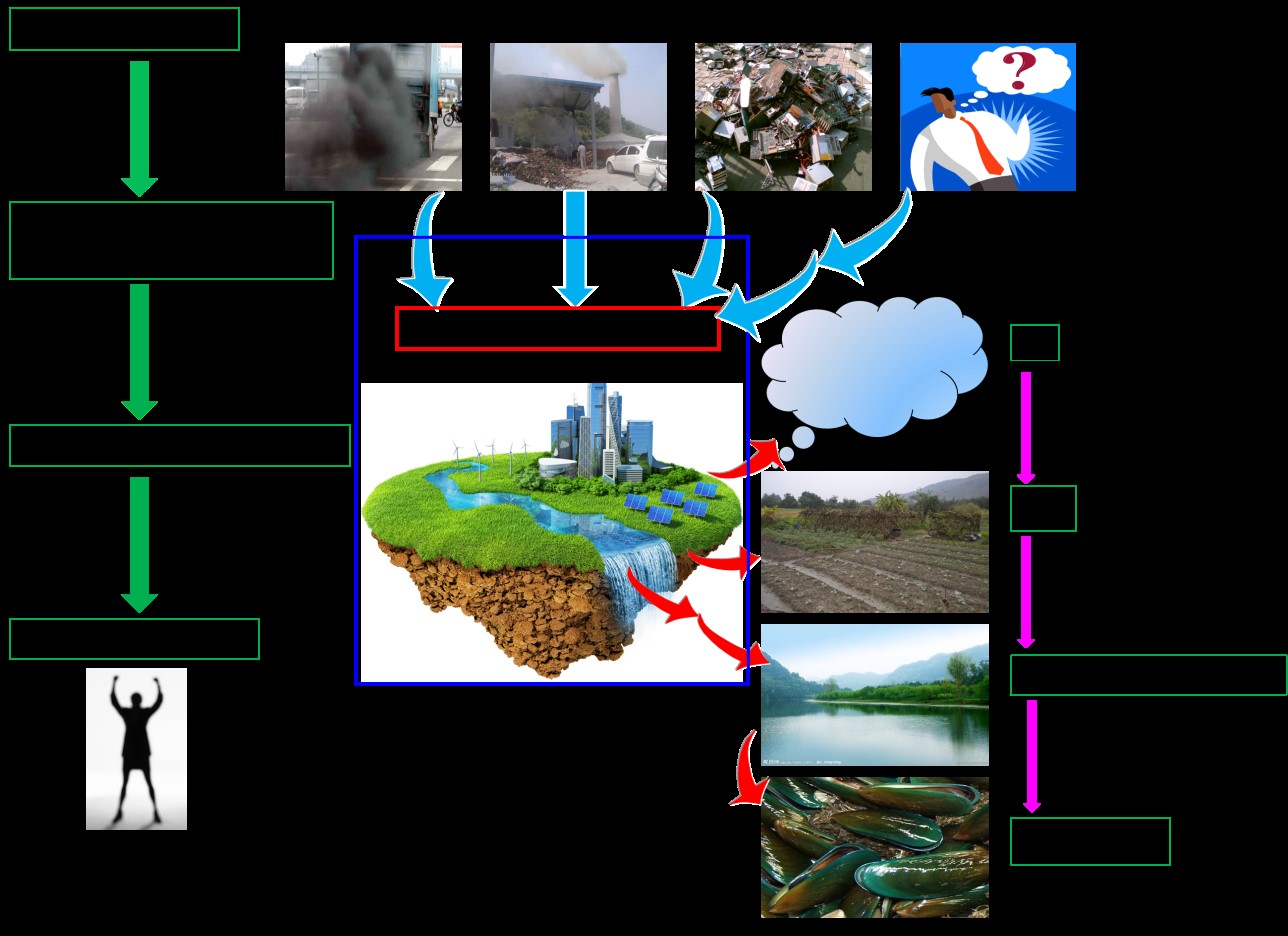Sources and Respiratory Exposure of Atmospheric Halogenated Polycyclic Aromatic Hydrocarbons (HPAHs) in Urbanized Areas
[National Natural Science Foundation of China (NSFC) General Program]
Research Overview:
This project addresses the environmental and health risks posed by halogenated polycyclic aromatic hydrocarbons (HPAHs)—emerging dioxin-like pollutants linked to urban lifestyles—in Shenzhen, a rapidly urbanizing metropolis. Combining environmental sampling, laboratory simulations, and numerical modeling, the study characterizes emission sources (e.g., industrial processes, vehicular emissions, waste incineration) and quantifies key parameters such as source-specific compositional profiles, emission factors, and regional fluxes of atmospheric HPAHs. It further evaluates population-level respiratory exposure risks through inhalation of gaseous and particulate-phase HPAHs, integrating findings with prior dietary exposure data to assess cumulative health impacts.
Innovation & Impact:
As the first systematic investigation of HPAHs in urban atmospheres, this research pioneers methodologies for source apportionment and exposure risk quantification, advancing understanding of the "emission-to-harm" continuum of urban HPAHs. The outcomes provide critical evidence for policymakers to design targeted control strategies while contributing to global discourse on urbanization’s environmental externalities.

Conceptual Model of HPAH Sources and Environmental Fate
Principal Investigator:
Prof. Honggang Ni
Duration: January 2016 – December 2019